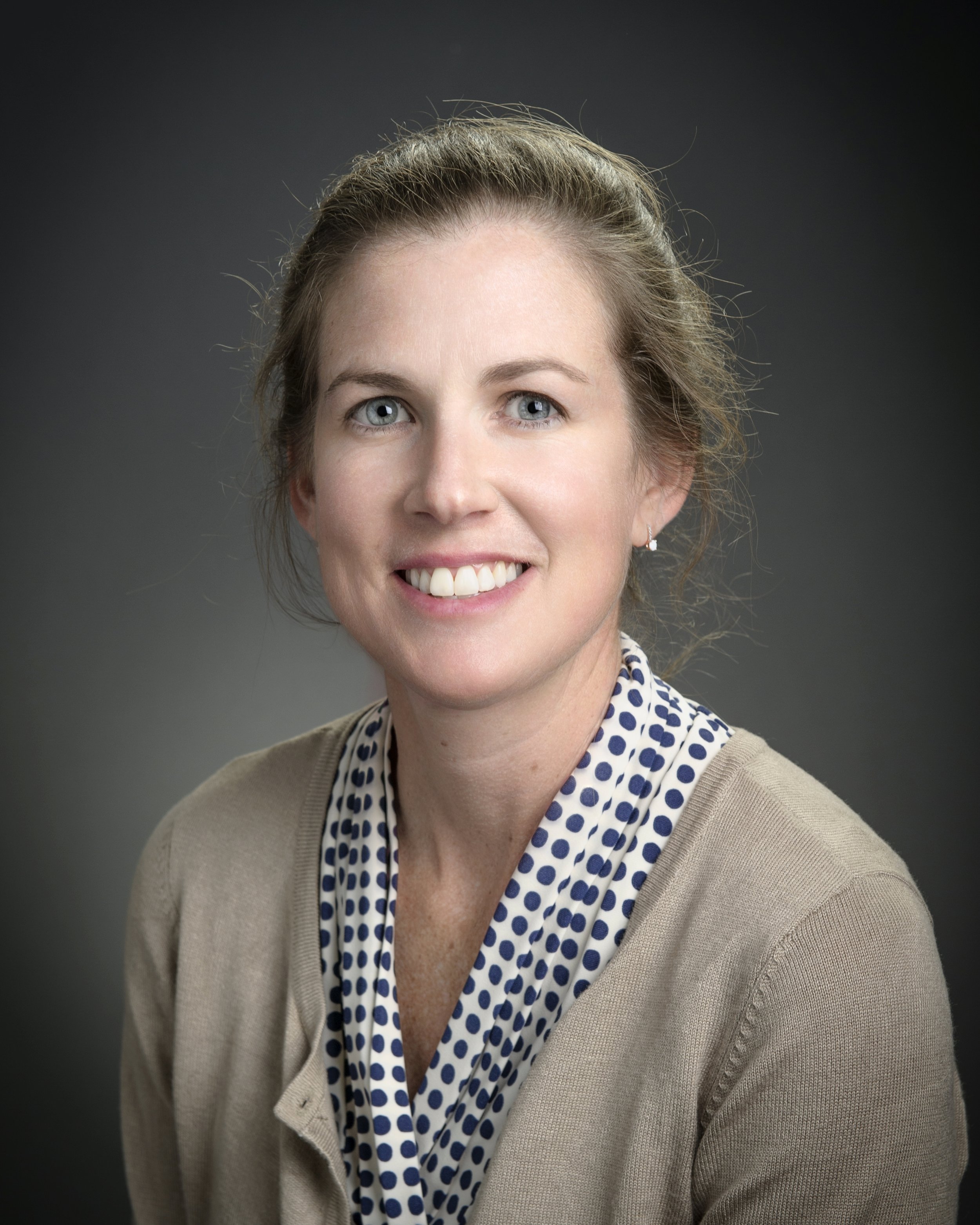Miranda Margetts
Measuring drug biomarkers in wastewater to inform targeted public and environment health initiatives for Montana
Over the last decade, assessment of drug biomarkers in wastewater has been undertaken to determine potential exposure to harmful contaminant levels in water, and to determine particular drugs of abuse that are being used within a community. As most pharmaceuticals, including opioids, are not monitored under environmental water quality legislation, there is not yet an established source of data available to public and environmental health officials to gauge the prevalence of drugs flowing through a community. Traditional monitoring methods for epidemiological drug use (i.e., surveys, prescription/dispense data and hospital admission data) are also inherently inaccurate due to the complexities associated with drug use. This project provides an opportunity to establish safety thresholds for toxicological risks to people and the environment while providing anonymity data on individual usage to inform public and environmental health interventions.
In addition to the measurement of waste water influent pre-treatment, post-treatment effluent will also be measured to detect the levels of active pharmaceutical compounds not removed from waste water treatment systems that may lead to cumulative environmental risks to drinking water sources and the environment. This environmental concentration data of particular drugs can assist those agencies tasked with addressing opioid crises and environmental agencies concerned with water quality risks.
Miranda Margetts, a PhD candidate at Montana State University, is co-advised by Dr. Deborah Keil and Dr. Robert Peterson. Miranda is working with Dr. Keil and other MSU colleagues in collaboration with Dr. Heath Wills of Assurity Labs, the Montana Department of Environmental Quality and the Montana Department of Public Health and Human Services to undertake these investigations at various Montanan locations. The various collaborators recognize the utility such data may provide to complement their existing efforts.

